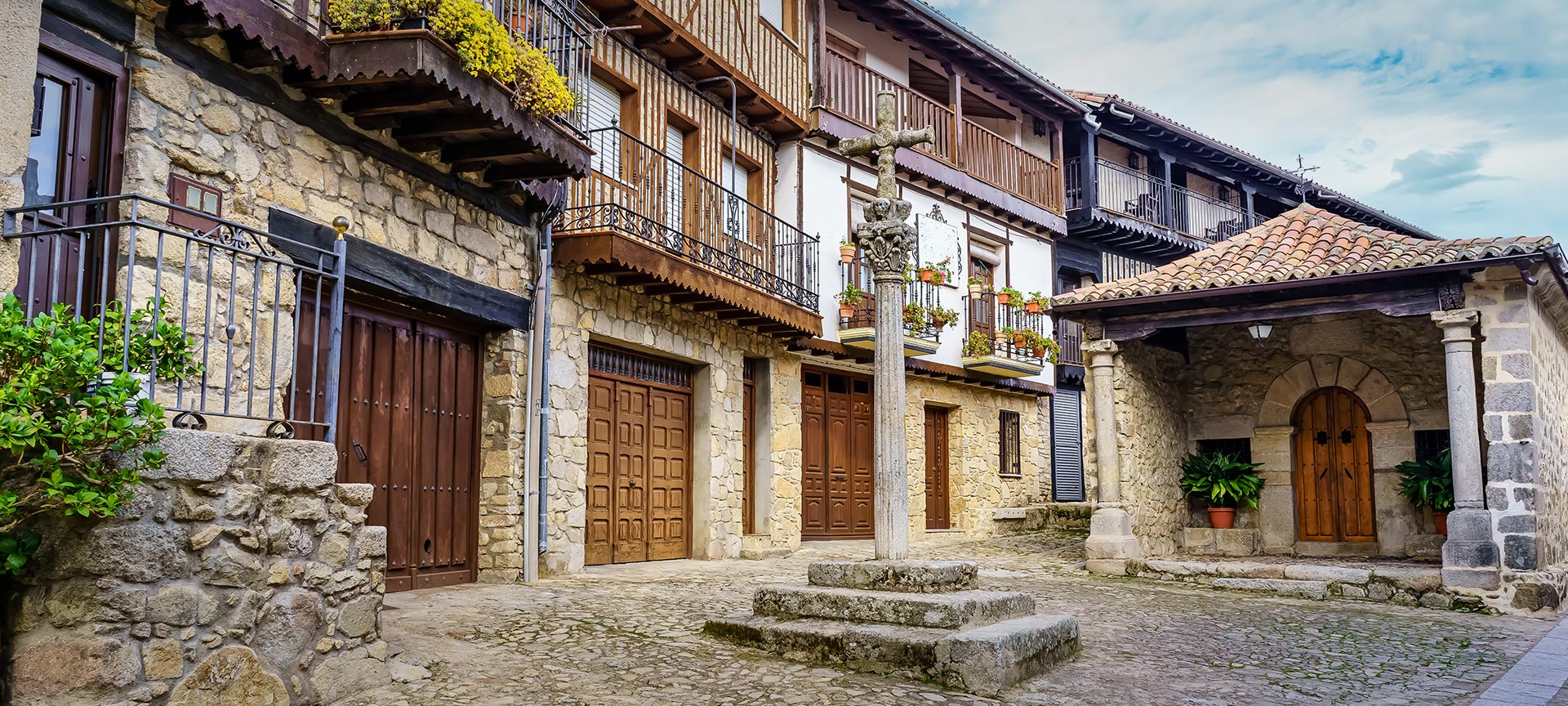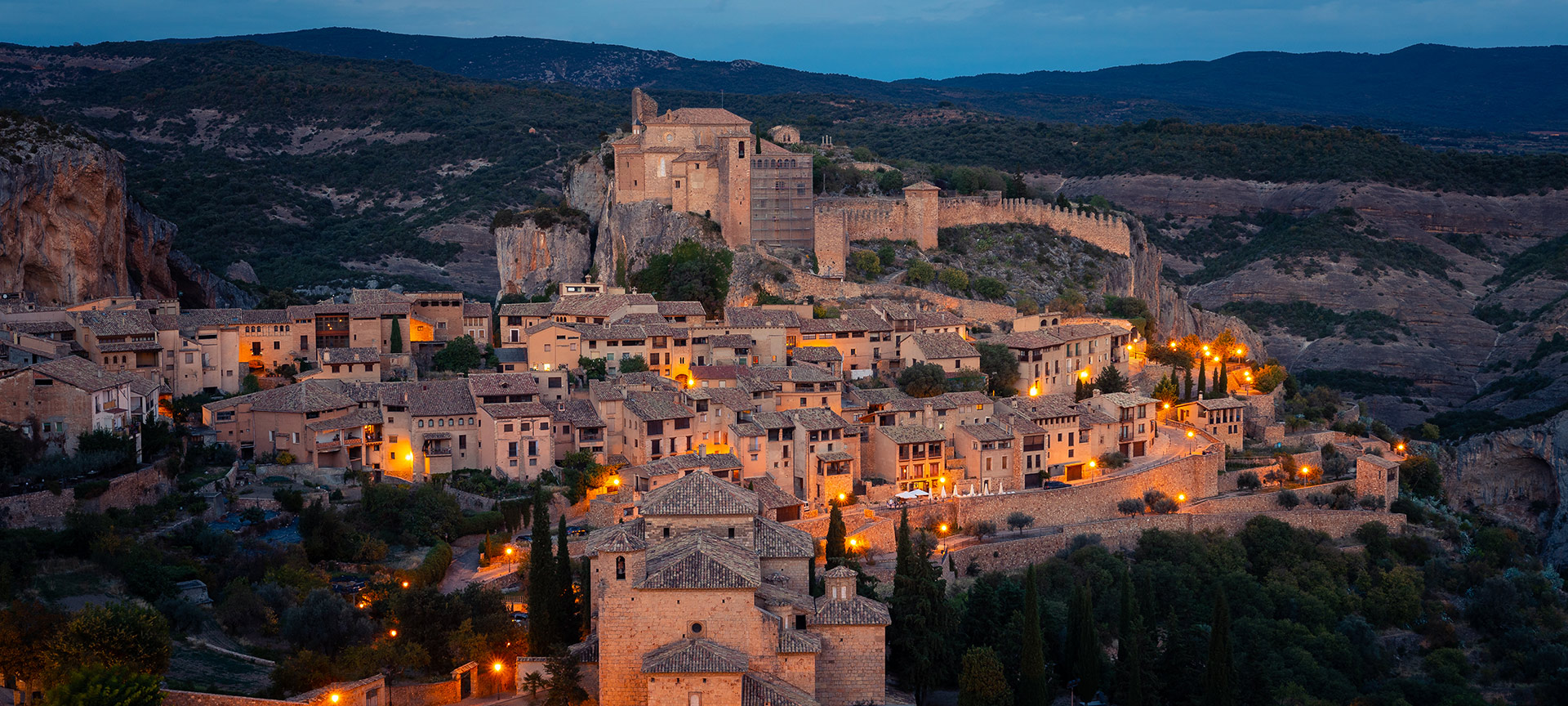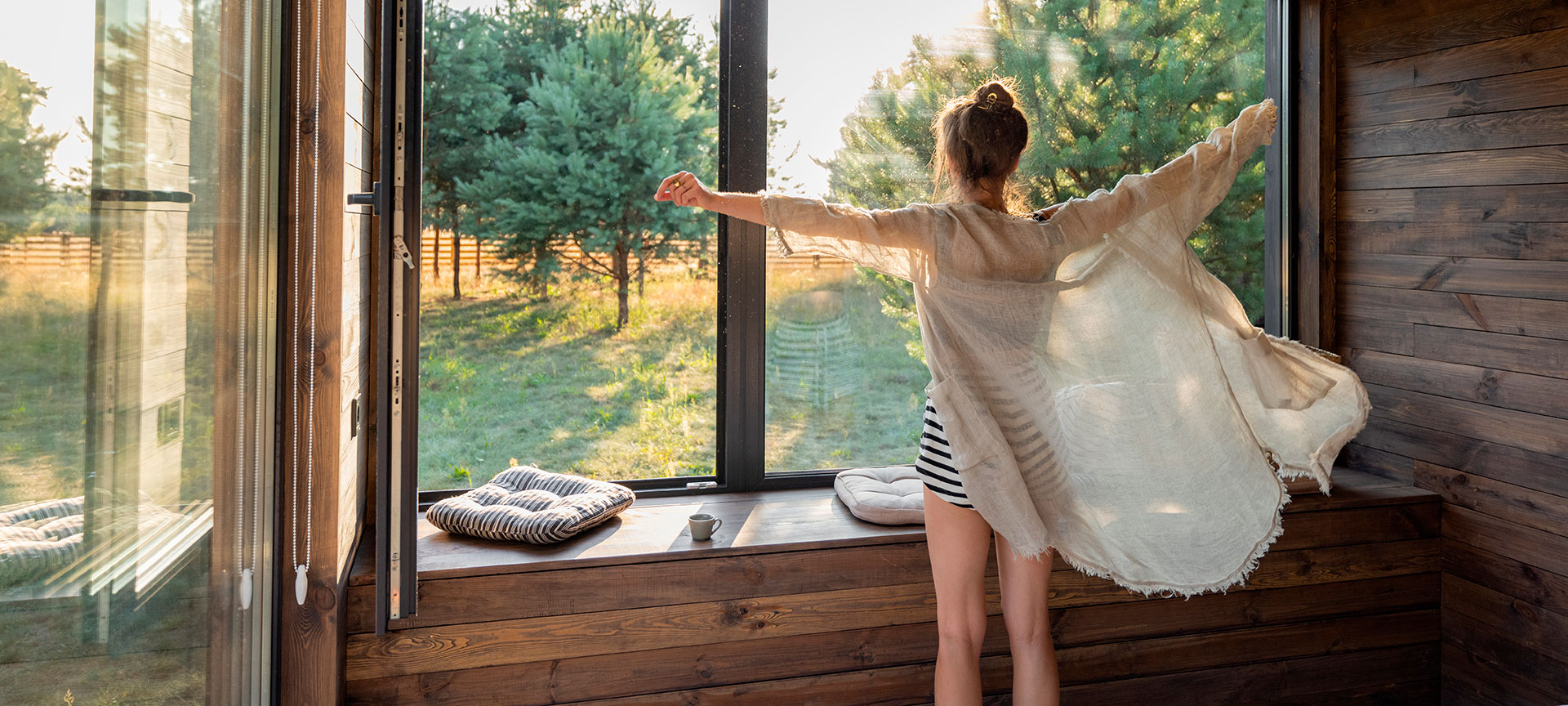Back in the 1960s, some villages in rural Spain began to empty out as many of their inhabitants moved to the cities in search of new opportunities. Today, they are places where you can feel welcomed by the kindness of their neighbours because, rather than villages with few inhabitants, they are considered a family of many members.You will also find villages that, for various reasons, seem to have been frozen in the past, far from the frenetic pace of life in today's cities. Do you want to discover some of them?
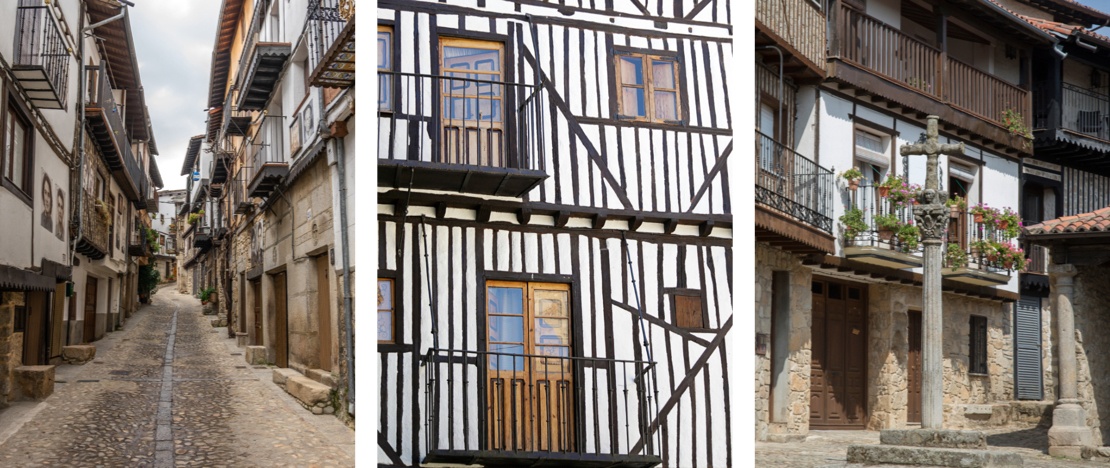
Mogarraz, Salamanca
Mogarraz is surrounded by the Sierra de Francia and its nature reserve and, with the Sierra de Béjar-Sierra de Francia Biosphere Reserve, it is part of a wine route that crosses the charming villages of the southwest of Salamanca.The narrow streets of Mogarraz become the cobbled corridors of an open-air art exhibition. Throughout your tour of the village, you will be able to see over 700 portraits of its residents (before many of them left for the city in 1967), which have made this hidden mountain village famous.
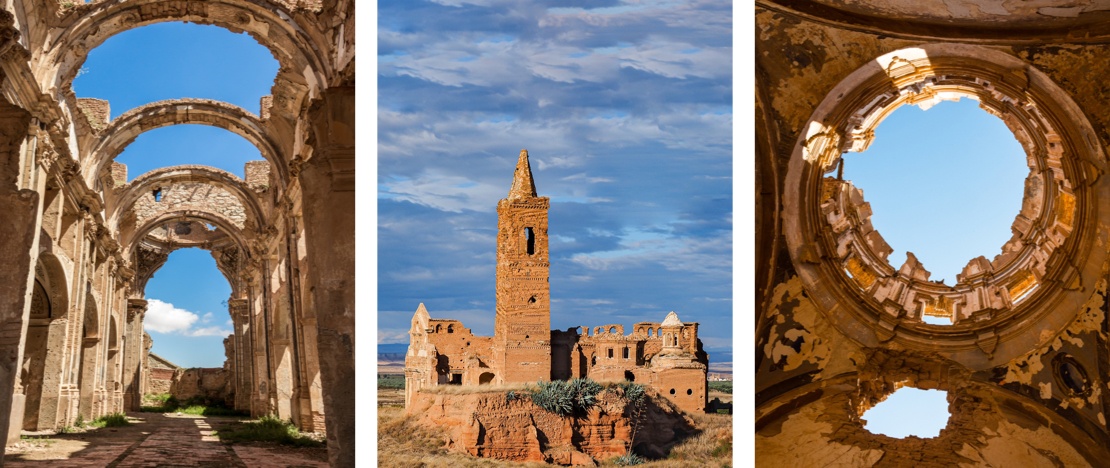
Belchite, Zaragoza
Belchite is one of the best-known abandoned villages in Spain. Its ruins are the result of the historic and tragic battle that was fought there, the same battle that led to the construction of the new Belchite, next to the old village. Today, the old Belchite is considered a ghost village, which has served as the setting for numerous productions, such as “Pan's Labyrinth” by Guillermo del Toro. If you want to know more about this popular empty village in Zaragoza, its tourist office offers guided tours.
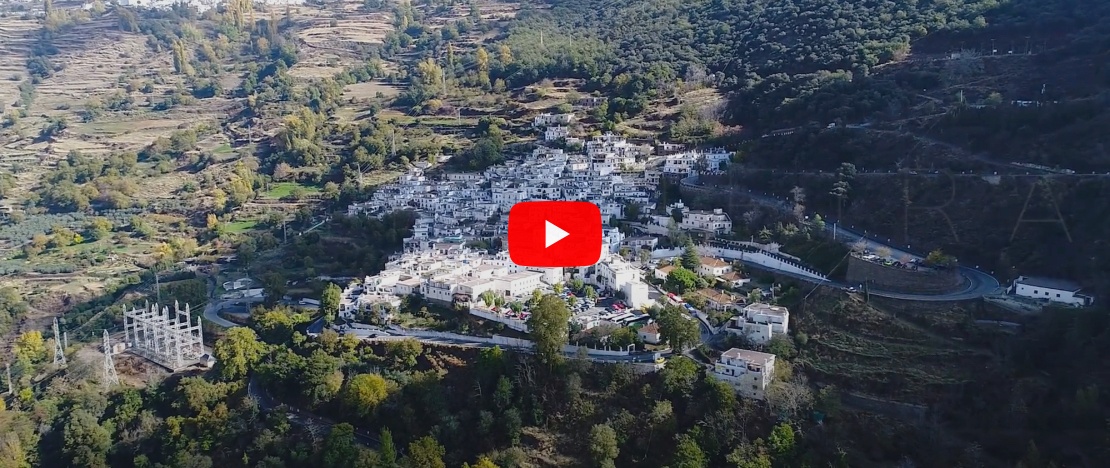
Pampaneira, Granada
At the foot of Sierra Nevada, and 72 kilometres away from Granada, the white village of Pampaneira, known as one of the most beautiful in Spain, welcomes visitors with the words: “Traveller, stay with us”. A decision that will not be hard to make once you walk through its quiet streets, to the murmur of water from the canals, crossing the charming passageways that form its tinaos (typical architectural construction of La Alpujarra), and which charm its many visitors every single day.In the heart of the village, you will find the Plaza de La Libertad, with restaurants where you can try local dishes and craft shops where you can take home esparto baskets or jarapas as souvenirs, like the ones that fill the streets of Pampaneira with colour.
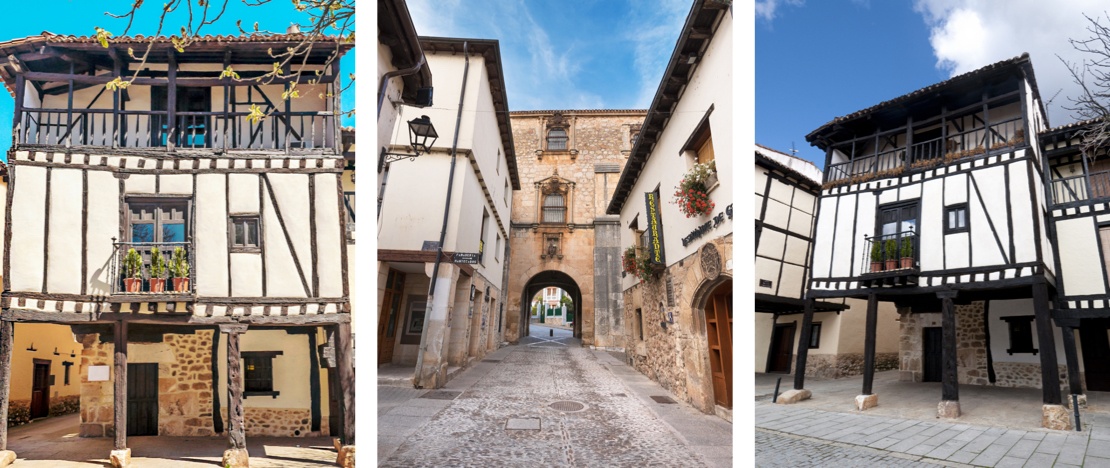
Covarrubias, Burgos
The arch of the Archivo del Adelantamiento de Castilla (16th century) welcomes you to the Covarrubias. Its name comes from the reddish caves near this village located approximately 40 kilometres southeast of Burgos.Covarrubias is home to some medieval treasures such as the stone bridge, its 15th century Collegiate church and a fortified tower, which blends magnificent examples of Castilian urban planning with such as the porticoed streets and half-timbered houses. These are just some of the reasons why the town was declared a Property of Cultural Interest. The rest are waiting to be discovered during your visit to Covarrubias.
